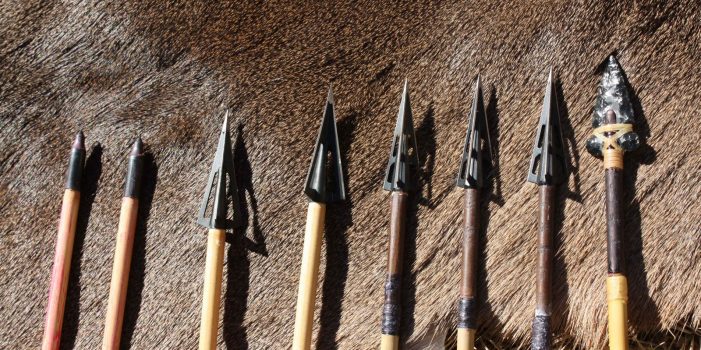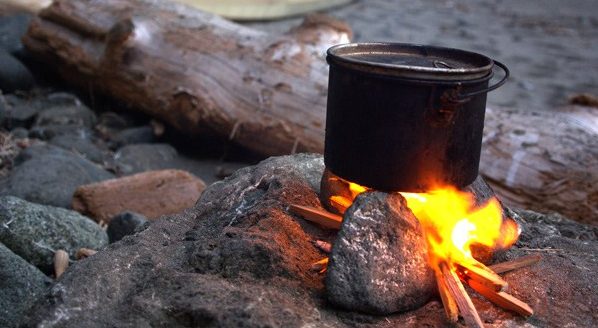What is Survival?- Part 2, by MuddyKid
…of yarrow was exciting! I decided to mow around the yarrow so I could observe as it grew through its stages. Because I did so, I now have a fairly large patch of yarrow on the property, because I left it alone to grow. Yarrow Yarrow, in a pinch, can be chewed up and placed over a cut to serve as an antiseptic. It is better in a tincture. And again, to my surprise and comfort of mind, yarrow is in almost every field I have walked in since I first identified it. Because I observed how yarrow grows through life and death of its natural cycle, I can locate it no matter the season. Primitive Traps Through all of these experiences together, I then started making primitive traps. Primitive traps I find to be a lot of fun. There are hundreds of variations of traps. Similar to knot tying,…



